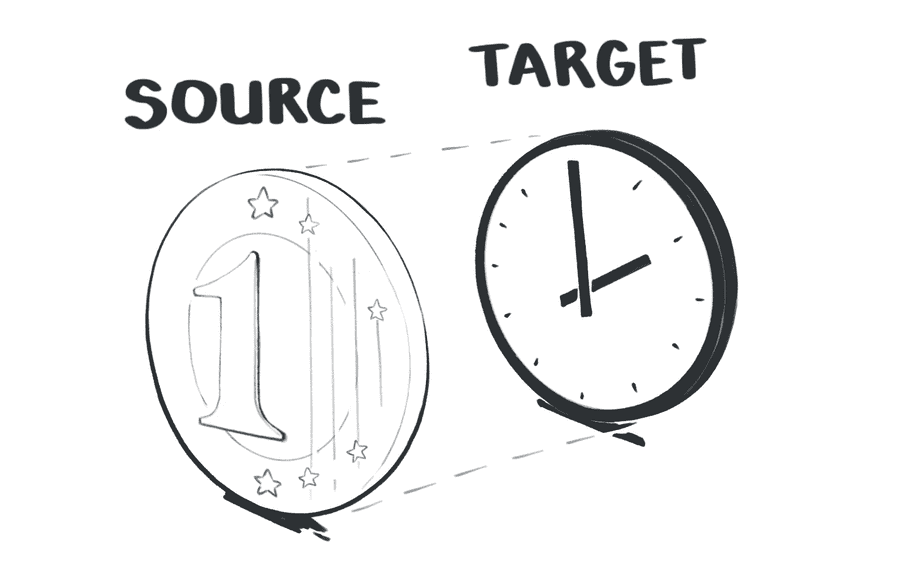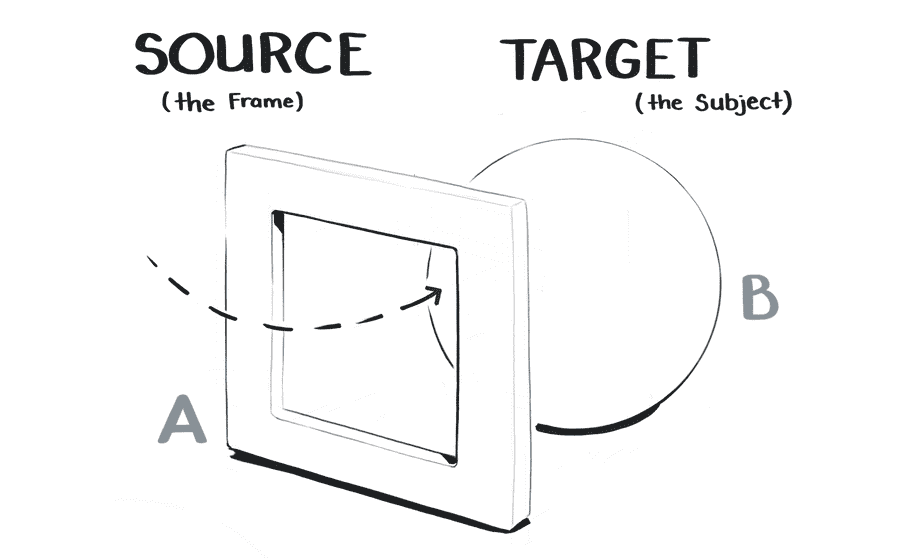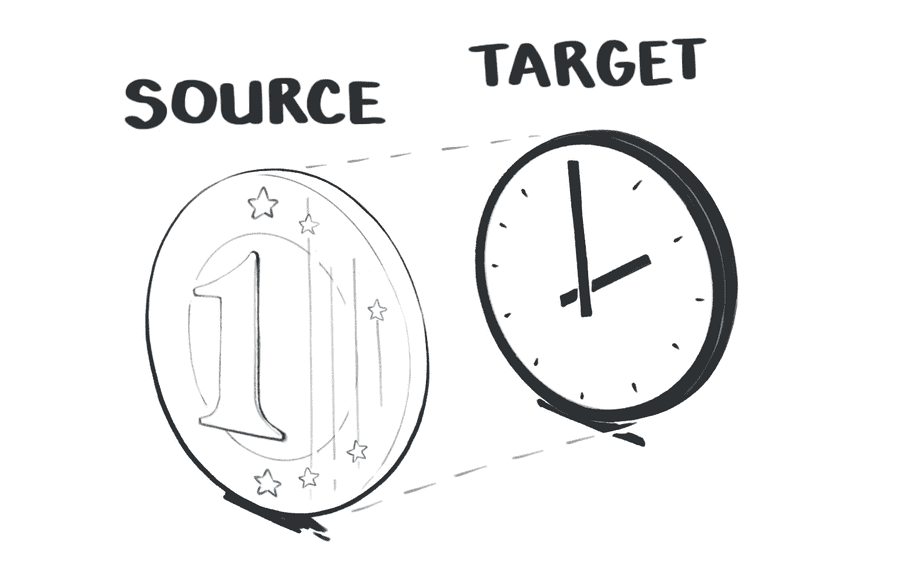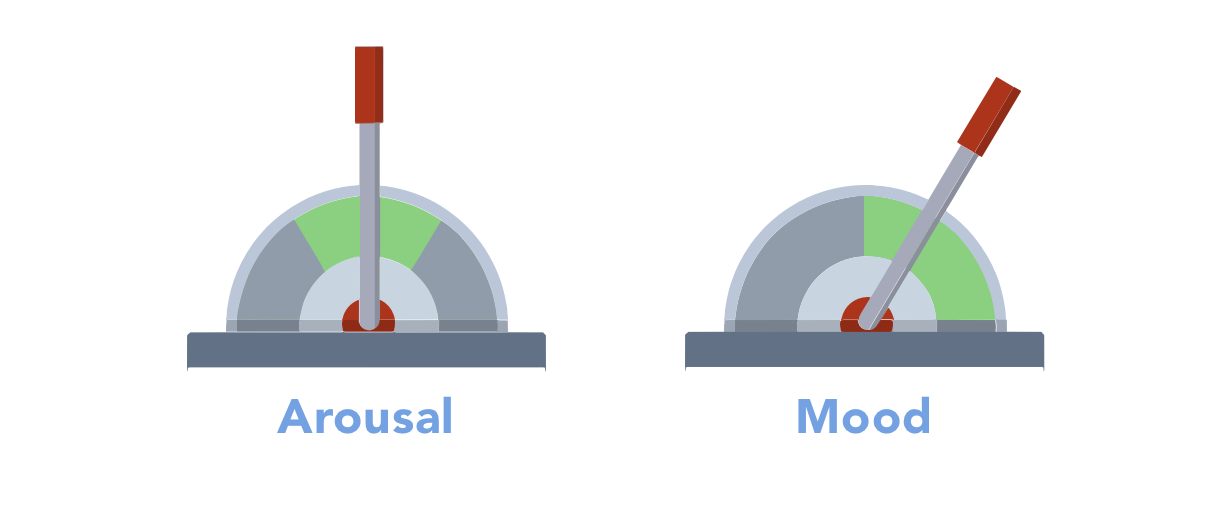Using Metaphors to Explain Complex Ideas
With metaphors, we get fine-grained control over what's most important about the concept, and cut out all the noise.

I recently came across the work of Maggie Appleton, who describes herself as half illustrator and half digital anthropologist. She makes illustrations that help explain abstract, hard-to-explain concepts from the world of technology and programming:

But how do you draw a thing that’s not a thing? With visual metaphors.
I want to share some insights about visual metaphors from Maggie’s case study on how to draw invisible programming concepts. But first, why should be care about metaphors?
Metaphors We Live By is a classic book written in 1980 that changed our understanding of metaphor and its role in language and the mind. Most people think metaphors are restricted to the world of literature and words, but metaphors are actually pervasive in everyday life -
“The way we think, what we experience, and what we do every day is very much a matter of metaphor.”
Metaphors are the building blocks of our thinking and central to how we visualize abstract ideas. Thinking about concepts like freedom, teamwork, capitalism all rely on metaphors that we have in our head. We imagine them visually by relating it to other things we’re more familiar with.
That’s all a metaphor is - understanding one thing in terms of another. By using something we know, we have a starting point for understanding something we don’t know as well. In Maggie’s words,
“In metaphor nerd terms we call Thing A the source and Thing B the target. The source is like a frame that we look at the target object through. It "frames" how we see Thing B.”

The classic example the Time is Money metaphor. Think about how we talk about time in our culture:
- Missing the bus cost me an hour.
- I’ve invested a lot of time into this project.
- I’m running out of time.
In many ways, money is the lens through which we view time.

This highlights the aspects of time that relate to money:
- time is something we can count
- time is something we can give and take
- time is a limited resource and a valuable commodity
In many ways, the fundamental values of a culture emerge in the metaphorical structure of the language. Since we’re fairly materialist, it makes sense that money is the lens through which we view time. But think about how our everyday language would be different if we viewed time in terms of a flowing river. It wouldn’t make sense to use words like cost, invested, or running out.
Anyway, metaphors are a really powerful way of explaining complex ideas because
“we get fine-grained control over what's most important about the concept, and cut out all the noise.”
In my writing, I’m striving to use visual metaphors to help explain some of the neuroscience in simple terms. Here’s an example from the music article:

I’m using the image of two levers with “green zones” to represent the ideal state for cognitive performance. When you’re picking out music for working, I think it’s helpful to imagine music nudging your mood or arousal by pushing the lever left or right.
Hopefully, this way of thinking about metaphors can help you better explain things. If you want to learn more, make sure to check out Maggie’s full article!
Friday Brainstorm Newsletter
For more, join 300+ curious people subscribed to the Friday Brainstorm newsletter. It’s one email a month with the most interesting ideas I've found related to science and health.